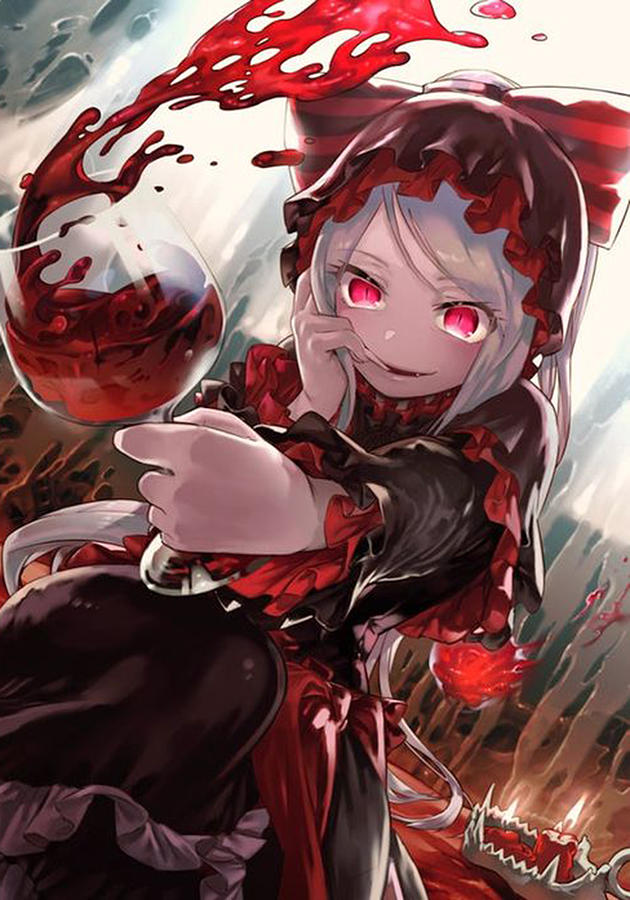
Navigating the realm of digital art software can be daunting, yet exciting for beginners. This comprehensive guide aims to demystify the process, offering valuable insights into software selection, interface familiarity, tool mastery, and more.
Whether transitioning from traditional to digital art or exploring 3D capabilities, this article provides sequential steps to enhance your creativity and workflow efficiency.
Start your innovative journey now with these 11 essential points.
Understanding the Basics of Digital Art Software
To fully harness the potential of digital art, one must first understand the basic functionalities and tools of digital art software. This understanding is crucial to navigate through potential software limitations, which can thwart creativity if not adequately addressed. A comprehensive grasp of the software's capabilities helps artists maximize their creative prowess, innovatively transcending any software limitations.
Moreover, a study of digital art ethics is equally essential. Ethics provide a framework, guiding artists to use digital tools responsibly while acknowledging the intellectual property rights of others. These principles foster an environment conducive to creativity, where artists respect each other's work, inspiring innovation.
Choosing the Right Software Based on Your Needs
The selection of appropriate software is a pivotal decision in your digital art journey, and this choice should be primarily influenced by your unique creative needs and aspirations. Evaluating software affordability is crucial; while some high-end software come with steep price tags, there are affordable options that offer similar features.
These budget-friendly alternatives can serve as stepping stones for beginners, enabling them to explore the digital art world without heavy financial constraints. Compatibility issues should also be considered. Ensure your selected software aligns with your hardware capabilities to avoid technical hitches.
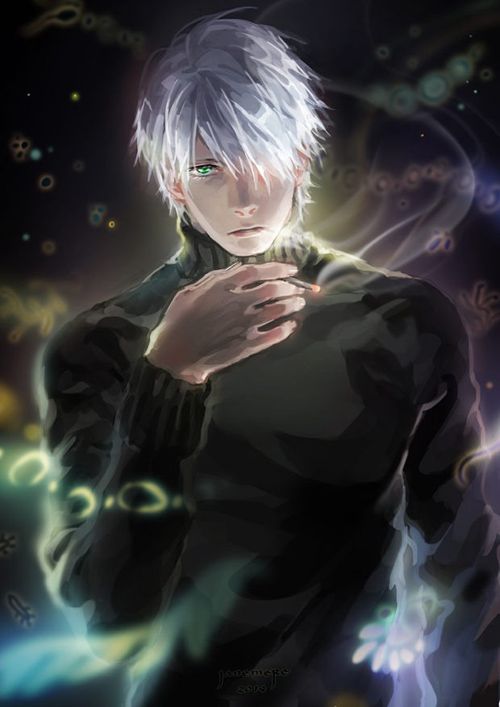
Familiarizing With the User Interface in Digital Art Software
Understanding every single aspect of the user interface in your chosen digital art software is a crucial step towards becoming proficient in your digital artwork creation. You need to comprehend Interface Customization for a tailored experience and ensure Software Compatibility with your device for seamless operation.
Interface Customization: Most software allows personalization of the workspace. Understand how to modify toolbars, menus, and panels to suit your workflow.
Software Compatibility: Your software should be compatible with your hardware. Check system requirements before installation.
Tool Familiarity: Spend time getting to know each tool, their uses and shortcuts.
Taking the time to familiarize yourself with these facets ensures you're not just using the software, but leveraging its full potential for innovative digital art creation.
Mastering the use of digital brushes and other tools is a crucial step in exploring your digital art potential. Different brush types have unique properties that can significantly affect the outcome of your artwork.
It is equally important to understand the techniques for utilizing these tools effectively to enhance your creative expression.
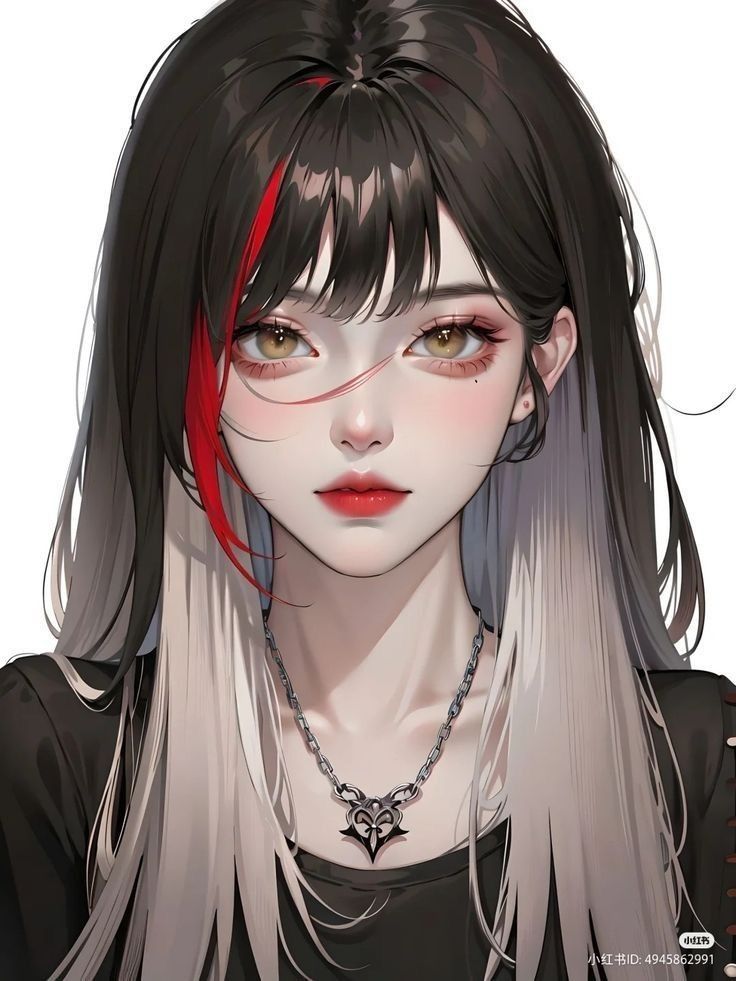
Understanding Digital Brush Types
Before delving into the intricacies of digital art creation, it is crucial to familiarize oneself with the various types of digital brushes and their respective functionalities. Understanding the brush strokes variety and mastering digital inking techniques helps in bringing your creative vision to life.
Hard Round Brushes: These are versatile tools, ideal for detailing and sketching. The hard edges allow for crisp, clear lines.
Soft Round Brushes: These provide a softer touch, often used for shading and blending colors for a smoother finish.
Texture Brushes: These mimic traditional mediums like charcoal, watercolor, or oil paint, adding depth and character to your artwork.
Experiment with these brush types and their settings to create unique digital art pieces. This knowledge will empower you to explore and innovate in your digital art journey.
In the realm of digital art, proficient use of brushes and other tools can significantly enhance the quality of your work. It is therefore essential to learn effective tool utilization techniques.
It is equally vital to understand software compatibility. Not all digital sketching tools are compatible with every software. Thus, knowing the software's requirements and abilities will enable you to make the most out of your digital art tools.
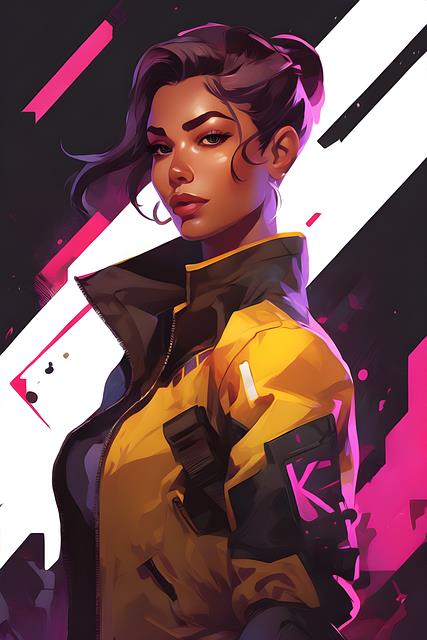
To master digital brushes, experiment with varying pressure levels, opacity, and flow settings. This will allow for a wider range of effects and textures in your artwork. Similarly, explore the use of different tools like the smudge, blur, and eraser tools to refine your artwork.
Experimenting With Colors and Textures
As you venture into your digital art journey, it's crucial to spend time experimenting with colors and textures. Understanding color psychology in digital art can significantly impact the viewer's emotions and perceptions. Equally, mastering texture application methods brings your artwork to life, adding a realistic or abstract feel.
Consider the following when experimenting:
Explore various color schemes and understand their psychological implications. For instance, warmer colors can evoke emotions like anger or passion, while cooler colors can induce calmness or sadness.
Experiment with different texture application methods. This can range from using textured brushes to layering multiple textures.
Combine different colors and textures to create unique effects. This can be a game-changer in setting your artwork apart.
Innovation in digital art thrives on constant experimentation, so continue to push your creative boundaries.
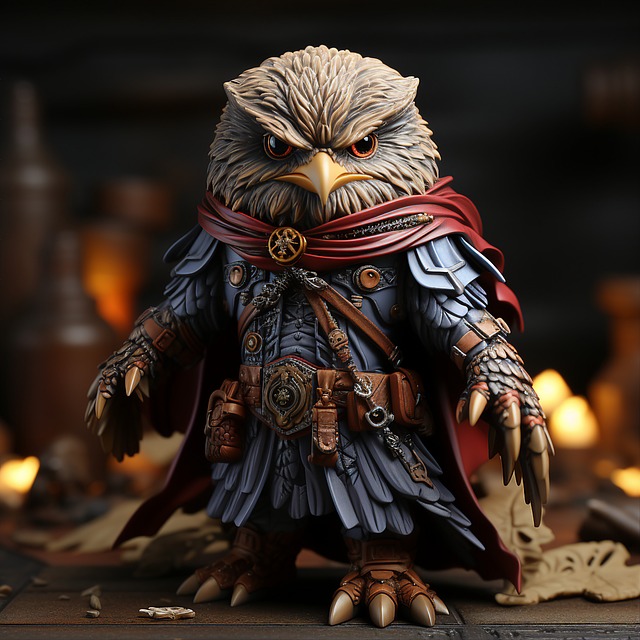
The Importance of Layers in Digital Art Software
Why, you might wonder, are layers considered a fundamental tool in the realm of digital art software? The answer lies in the layered composition benefits and the power of layer blending modes.
Layers allow for flexible, non-destructive editing, which means you can experiment and revise without permanently altering your base image. Each layer can be manipulated independently, enabling a multitude of effects, textures, and color changes without affecting other elements.
Furthermore, layer blending modes offer an array of creative possibilities by determining how a layer's pixels blend with those beneath it. This can dramatically enhance the complexity and depth of your final piece.
Thus, understanding layers is pivotal to unlocking the full potential of digital art software.
An Overview of Vector and Raster Graphics
Two primary types of digital graphics you will encounter in digital art software are vector and raster graphics, each possessing unique characteristics and applications.
Vector graphics applications use mathematical equations to create lines and shapes, resulting in crisp, clear images that maintain quality when resized. They are ideal for logos, typography, and illustrations.
Raster graphics, on the other hand, are created with pixel-based images. This makes them perfect for detailed and complex artwork like digital photographs. However, raster graphics limitations include their inability to scale up without losing quality, unlike vector graphics.
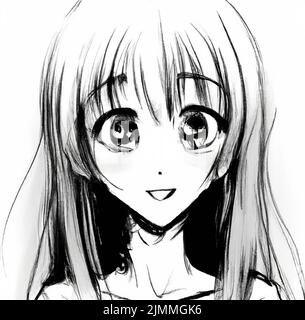
Understanding the strengths and weaknesses of these technologies enables you to select the appropriate software and techniques to fully unleash your creativity in the digital art world.
Exploring the World of 3D Digital Art Software
In our exploration of the digital art universe, we now turn our focus to the realm of 3D software.
This discussion will provide a foundational understanding of 3D software basics, examine a selection of popular 3D software options, and highlight some advanced 3D techniques.
Each point will serve to enhance your creative prowess and equip you with the necessary skills to navigate this dynamic form of artistic expression.
Understanding 3D Software Basics
Three-dimensional (3D) digital art software is a powerful tool that, once mastered, opens up a vast landscape of creative opportunities. Understanding the basics of this software can fuel your artistic growth and innovation.
Key aspects to focus on are:
3D modeling fundamentals: This is the process of developing a mathematical representation of any three-dimensional surface of an object, either inanimate or living, via specialized software.
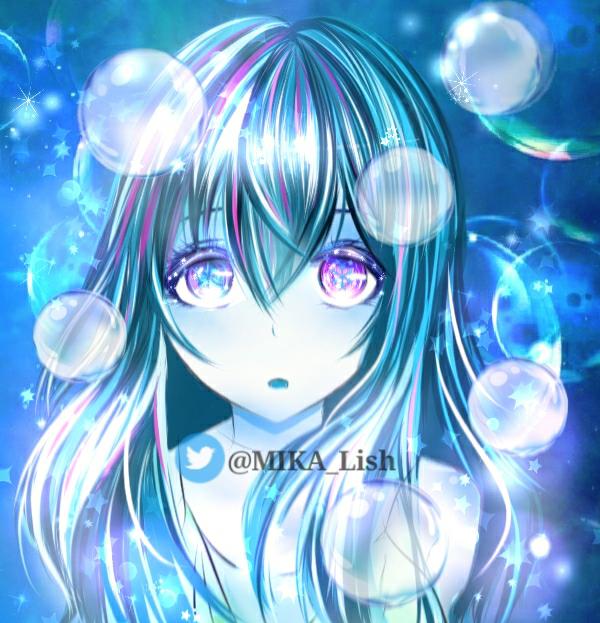
Lighting techniques in 3D: Proper use of lighting can significantly enhance the realism of a scene, creating depth and emphasizing textures.
Navigation and Interface: Understanding the software's interface, its various tools, and how to navigate through it, is crucial for efficient and successful designing.
Popular 3D Software Choices
Delving into the sphere of 3D digital art, a plethora of software options emerges, each offering unique features and tools to bolster your creative endeavors. Navigating through this landscape, the importance of evaluating 3D software pricing becomes paramount.
Autodesk's Maya and ZBrush are industry favorites, boasting robust toolsets that come with a heftier price tag.
However, innovation is not always tied to cost. Open source alternatives like Blender offer a comprehensive suite of 3D creation tools at no cost. Similarly, SketchUp's free version is ideal for beginners exploring basic 3D design.
Ultimately, the choice boils down to your creative needs, budget, and the depth of functionality you require. Encouragingly, the world of 3D digital art software provides an exciting blend of both premium and open-source options, enabling artists to push boundaries regardless of budget constraints.
Advanced 3D Techniques
While the exploration of basic 3D design can be an exhilarating endeavor, it is through mastering advanced 3D techniques, provided by software such as Autodesk's Maya, ZBrush, and Blender, that the full potential of your artistic vision can truly be realized.

Pioneering artists keen to delve deeper into the world of 3D digital art should focus on innovative areas such as:
3D Lighting Techniques: Understanding and manipulating light sources can dramatically impact the mood and realism of your scene.
Advanced Modeling Techniques: Enhance your 3D objects with intricate detailing, pushing the boundaries of your creativity.
Material Rendering Insights: Grasp how different materials react to light, allowing you to create more realistic textures and surfaces.
These advanced techniques will help elevate your work, turning raw ideas into immersive, innovative digital masterpieces.
Transitioning From Traditional Art to Digital Art
Making the shift from traditional to digital art can be an exciting yet challenging journey, and these five crucial steps will aid in making that transition smoother and more efficient.
First, gain digital art inspiration by studying the work of successful digital artists and the techniques they employ. This exposure can help bridge the gap between traditional and digital mediums.
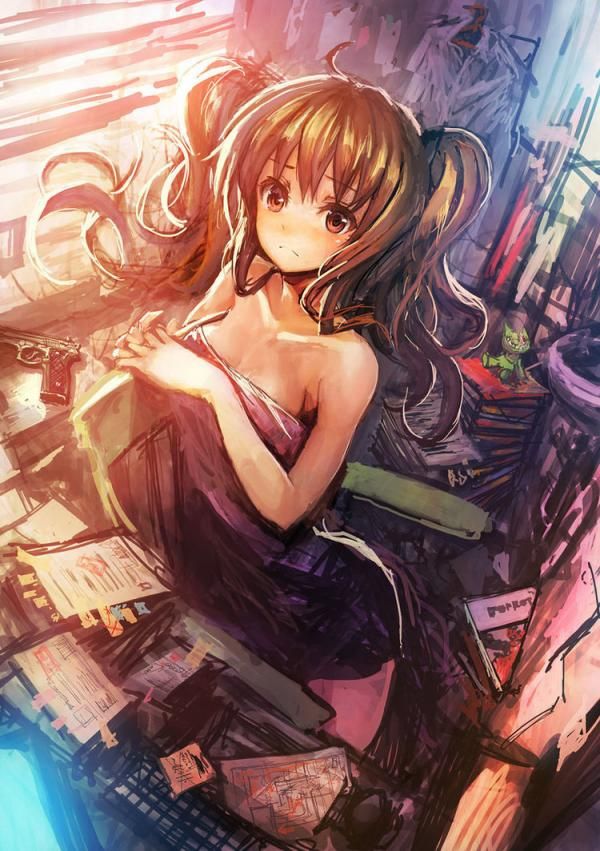
Second, acquire an understanding of the fundamental differences between traditional vs digital art, such as the tools and techniques used.
Third, immerse yourself in digital software tutorials.
Fourth, continually practice and refine your digital skills.
Lastly, stay patient and open-minded. The transition doesn't happen overnight, but with persistence, you're bound to unlock your creative potential in the digital art realm.
Tips for Improving Efficiency and Workflow in Digital Art
Efficiency and workflow are critical components that can significantly influence your productivity in digital art.
This section will provide insights on key strategies such as utilizing keyboard shortcuts, implementing layer management techniques, and customizing your workspace layout.
These tips are designed to streamline your process, reduce unnecessary steps, and enhance your overall digital art experience.
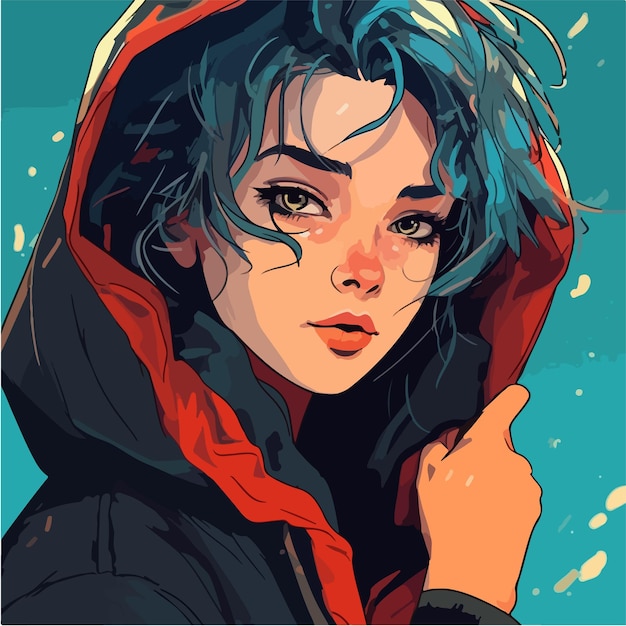
Utilizing Keyboard Shortcuts
To ramp up your efficiency and streamline your digital art workflow, harnessing the power of keyboard shortcuts is a strategy you cannot afford to overlook. They offer an avenue for shortcut customization and can significantly enhance artistic ergonomics.
Shortcut customization: Personalize your shortcuts to suit your workflow. This eases the strain on your memory, making the process more intuitive.
Batch processing: Utilize shortcuts for actions you repetitively perform. This reduces the time spent on mundane tasks.
Artistic ergonomics: Proper usage of shortcuts reduces the need for excessive mouse usage, minimizing strain on your hand and wrist.
Embracing these tips will not only improve your efficiency but also your overall digital art experience. It's time to explore the power of keyboard shortcuts.
Layer Management Strategies
Mastering the art of layer management is a crucial aspect of enhancing efficiency and improving workflow in the realm of digital art. Layer opacity control is fundamental to this; it allows artists to adjust the transparency of individual layers, enabling intricate detailing and depth creation. This function facilitates a non-destructive work environment, as alterations made on one layer do not affect others.
Additionally, mastering blending mode techniques can dramatically enhance the visual aesthetics of your artwork. These techniques involve the interaction of colour and light between layers, creating a wide array of effects. Blending modes can be strategically used to add texture, adjust lighting, or blend colours, thus significantly empowering your creative process.
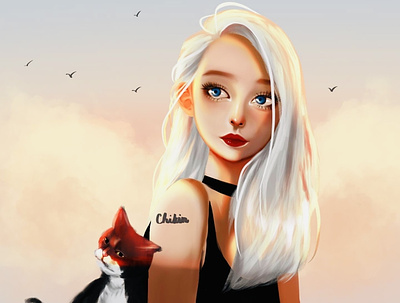
Customizing Workspace Layout
As we delve into the process of customizing your workspace layout, it's essential to understand that a well-organized, personalized workspace can significantly boost your efficiency and improve your workflow in digital art.
Here are some vital steps in workspace personalization:
Arrange Tools for Accessibility: Position the most used tools within easy reach. This reduces time spent searching for tools and enhances workflow.
Software Compatibility: Make sure your software interface is compatible with your hardware. This ensures a seamless and efficient working process.
Keyboard Shortcuts: Learn and customize keyboard shortcuts. They can significantly reduce work time and increase productivity.
Continuing Your Artistic Journey: Next Steps After Mastering the Basics
Having grasped the rudimentary elements of digital art software, it is crucial to delve deeper into advanced features and techniques to further enhance your creative prowess.
Seek artistic inspiration sources to fuel your inventiveness; for instance, nature, architecture, or even the works of other digital artists. Harness these stimuli to create unique, captivating pieces that reflect your individual style.
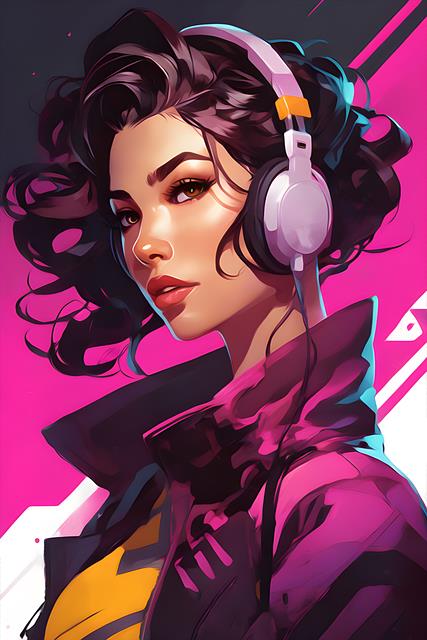
Moreover, ensure you document your progress by creating a digital portfolio, a vital tool for showcasing your skills and evolution as an artist. Portfolio creation tips include regularly updating it with your latest works, organizing it in a way that highlights your strongest pieces, and incorporating a wide range of styles and techniques to demonstrate your versatility.
This journey of continuous learning and adaptation is fundamental in the ever-evolving field of digital art.
Frequently Asked Questions
What Are Some Common Mistakes Beginners Make When Starting With Digital Art Software?
Common mistakes beginners often make include overlooking software selection challenges and not fully understanding digital art techniques. This can lead to flawed execution, ultimately hindering the creative process and final output.
How Can I Stay Motivated and Inspired While Learning to Use Digital Art Software?
Staying motivated while mastering digital art software involves overcoming art block and maintaining consistency. Seek inspiration from diverse sources, establish a regular practice schedule, and embrace challenges as part of the learning process.
Are There Any Online Communities or Forums Where I Can Interact With Other Digital Artists?
Yes, numerous online communities exist where you can interact with other digital artists. These platforms, such as DeviantArt, facilitate sharing artworks online and receiving constructive criticism in art forums to enrich your artistic journey.
Can Digital Art Software Be Used on Different Operating Systems, Such as Windows, Mac, or Linux?
Yes, most digital art software has broad software compatibility and can be used across different operating systems like Windows, Mac, or Linux. However, always check the system requirements before installation for optimal performance.
What Are Some Notable Digital Artists or Artworks That Are Worth Studying for Inspiration?
Exploring digital art genres and understanding the significance of color theory in digital art is crucial. Notable artists like Erik Johansson, Alberto Seveso, and artworks like 'Depthcore' offer inspirational insights into innovative digital art techniques.
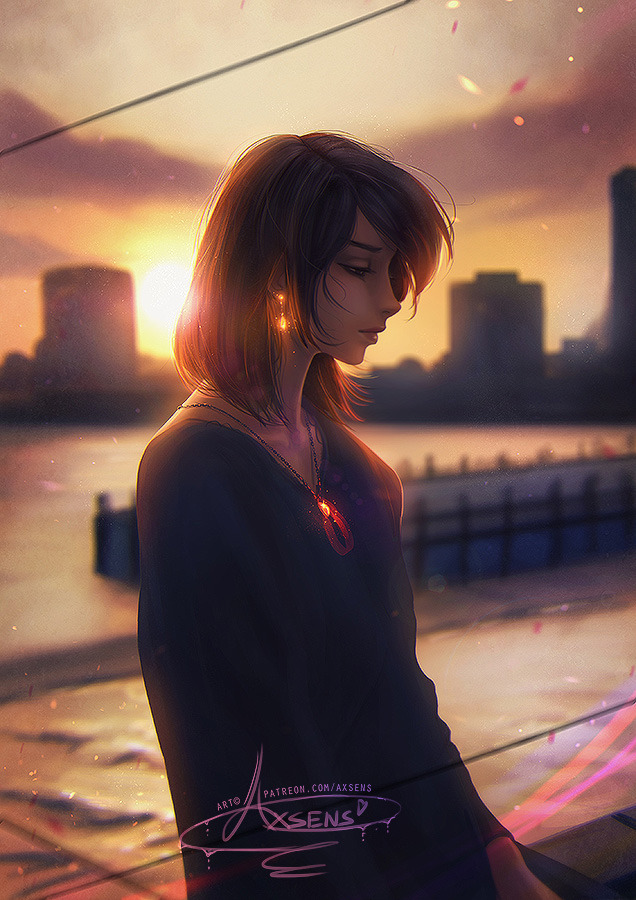
 Digital Art InstructionDIY Infographics DesignMobile Game ArtworkPersonalized Logo Design3D AnimationeBook Covers DesignPrivacy PolicyTerms And Conditions
Digital Art InstructionDIY Infographics DesignMobile Game ArtworkPersonalized Logo Design3D AnimationeBook Covers DesignPrivacy PolicyTerms And Conditions
